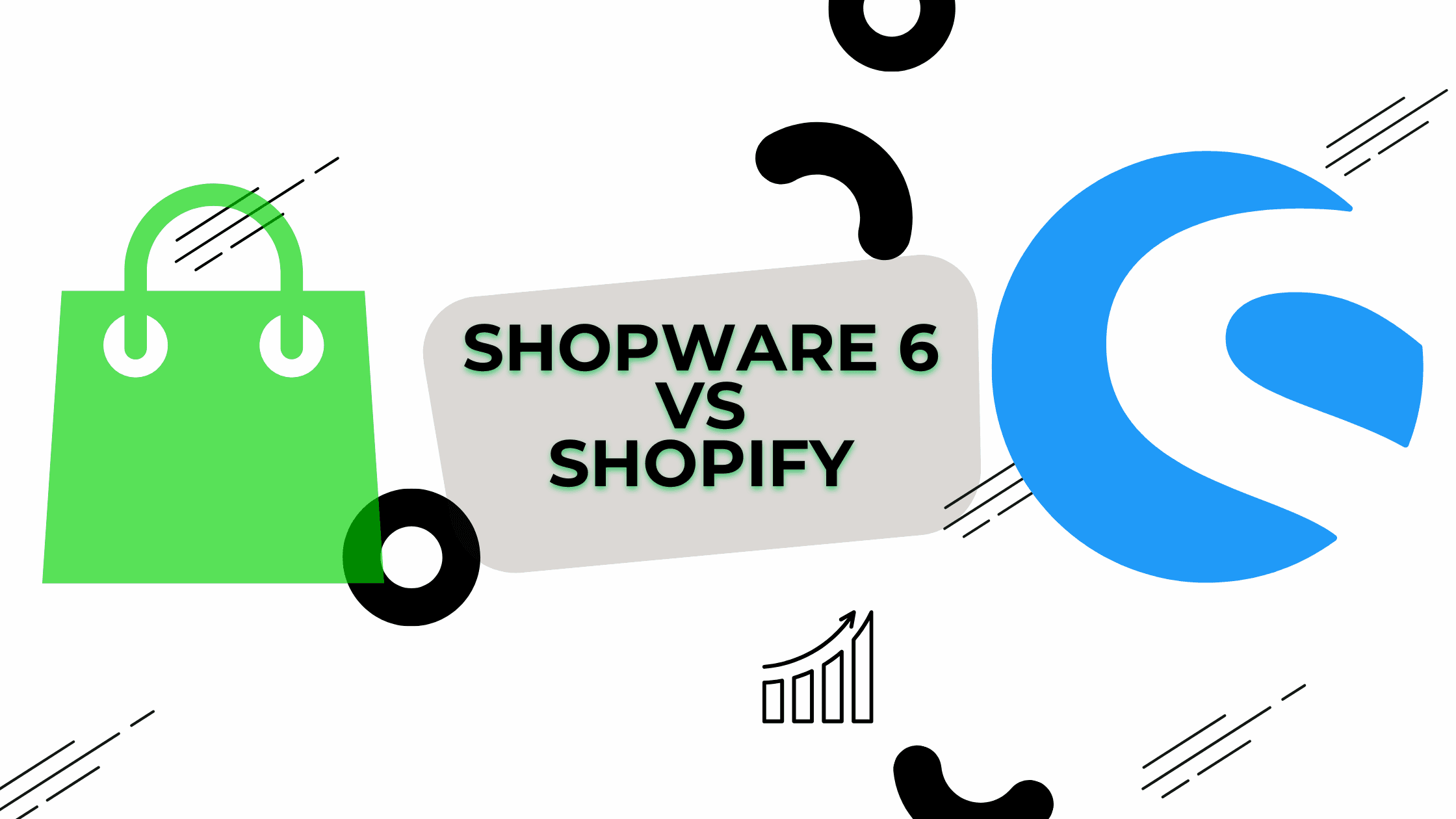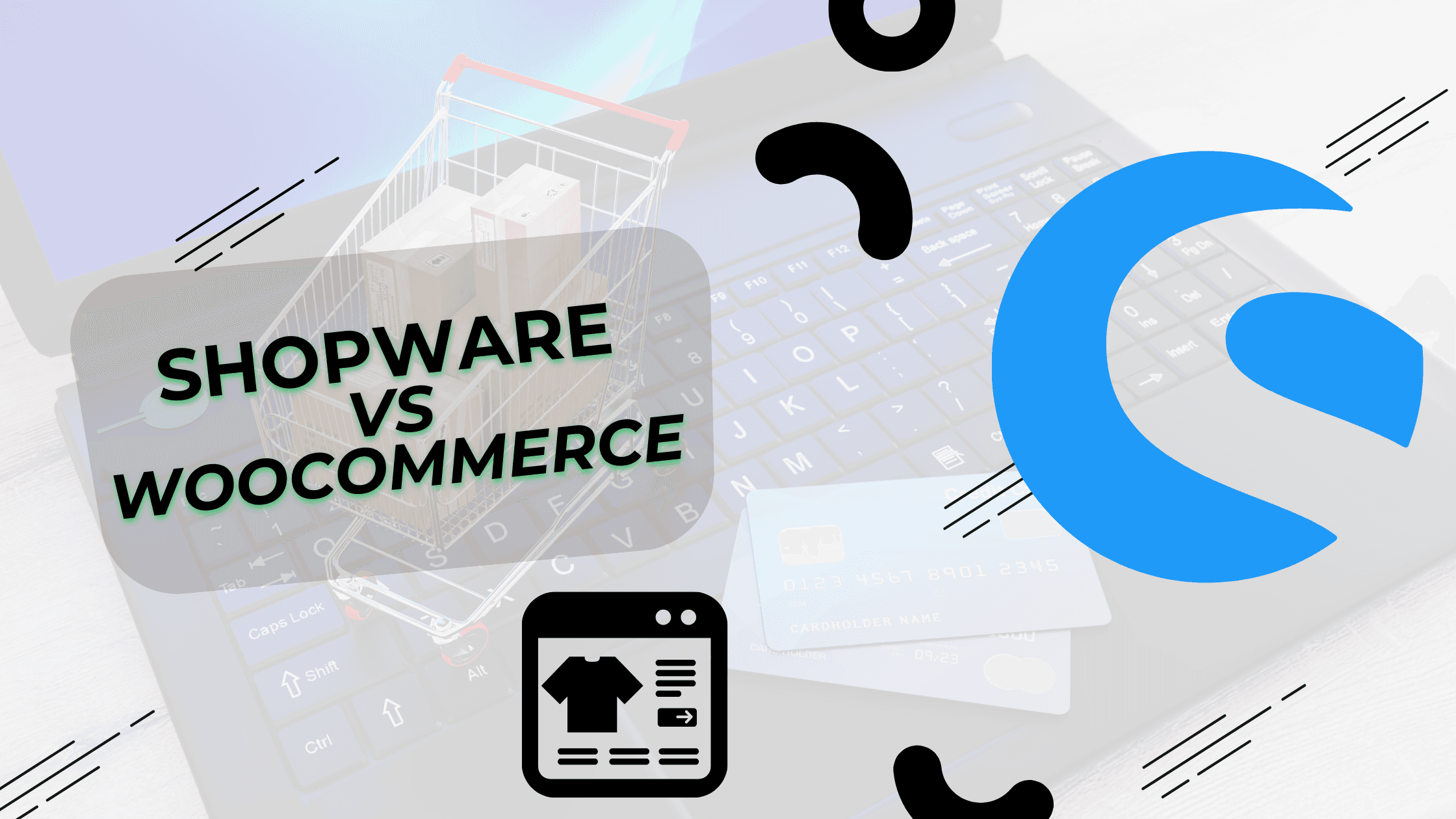Handel przestrzenny: Rewolucja w sposobie robienia zakupów w handlu elektronicznym
W stale ewoluującym krajobrazie handlu elektronicznego i detalicznego pojawia się nowy paradygmat, który obiecuje przekształcić doświadczenie zakupowe, jakie znamy. To innowacyjne podejście, znane jako handel przestrzenny, ma wypełnić lukę między światem fizycznym i cyfrowym, tworząc wciągające i interaktywne doświadczenia zakupowe, które kiedyś były science fiction. Ale czym dokładnie jest handel przestrzenny i jak wpłynie on na przyszłość handlu detalicznego? Zanurzmy się i zbadajmy tę ekscytującą nową granicę w świecie handlu.
Czym jest handel przestrzenny?
Handel przestrzenny, w swej istocie, to integracja technologii obliczeń przestrzennych, takich jak rzeczywistość rozszerzona (AR) i rzeczywistość wirtualna (VR), z sektorami handlu elektronicznego i detalicznego. Oznacza to przejście od tradycyjnych zakupów online w 2D do wciągających środowisk 3D, w których klienci mogą wchodzić w interakcje z produktami w wirtualnej przestrzeni, która naśladuje lub usprawnia zakupy w świecie rzeczywistym.
To innowacyjne podejście do handlu detalicznego wykorzystuje najnowocześniejsze technologie, aby stworzyć płynne połączenie świata fizycznego i cyfrowego, oferując klientom bardziej angażujące i pouczające doświadczenie zakupowe. Włączając elementy przestrzenne do podróży klienta, firmy mogą zapewnić poziom wizualizacji produktu i interakcji, który wcześniej był niemożliwy w tradycyjnych platformach zakupowych online.
Technologie napędzające handel przestrzenny
U podstaw handlu przestrzennego leży kilka kluczowych technologii:
Rozszerzona rzeczywistość (AR)
AR nakłada informacje cyfrowe na świat rzeczywisty, zazwyczaj za pomocą kamery smartfona lub specjalistycznego zestawu słuchawkowego. W handlu przestrzennym AR pozwala klientom wizualizować produkty w ich własnym środowisku, przymierzać wirtualne ubrania lub zobaczyć, jak meble będą wyglądać w ich domu przed dokonaniem zakupu.
Wirtualna rzeczywistość (VR)
VR tworzy w pełni immersyjne środowiska cyfrowe. W kontekście handlu przestrzennego VR może być wykorzystywana do tworzenia wirtualnych salonów lub sklepów, w których klienci mogą przeglądać i wchodzić w interakcje z produktami w przestrzeni 3D.
Obliczenia przestrzenne
Ten ogólny termin obejmuje technologie, które umożliwiają systemom cyfrowym interakcję ze światem fizycznym w trójwymiarowej przestrzeni. Urządzenia takie jak zestaw słuchawkowy Vision Pro firmy Apple stoją na czele wprowadzania obliczeń przestrzennych do głównego nurtu.
Modelowanie i wizualizacja 3D
Zaawansowane techniki modelowania 3D pozwalają na tworzenie bardzo szczegółowych, interaktywnych modeli produktów, które klienci mogą badać pod każdym kątem.
Zobacz, co przygotowaliśmy jako Codelivery w dziedzinie handlu przestrzennego w 2019 roku 🙂
Korzyści płynące z handlu przestrzennego
Handel przestrzenny oferuje liczne korzyści zarówno dla firm, jak i konsumentów:
- Ulepszona wizualizacja produktów: Klienci mogą zobaczyć produkty w kontekście i pod każdym kątem, zmniejszając niepewność i potencjalnie obniżając stopy zwrotu.
- Wciągające doświadczenia: Handel przestrzenny tworzy angażujące, zapadające w pamięć doświadczenia zakupowe, które mogą zwiększyć zadowolenie klientów i lojalność wobec marki.
- Personalizacja: Dzięki integracji sztucznej inteligencji i uczenia maszynowego handel przestrzenny może oferować wysoce spersonalizowane doświadczenia zakupowe dostosowane do indywidualnych preferencji.
- Łączenie online i offline: Handel przestrzenny zaciera granice między handlem elektronicznym a fizycznym handlem detalicznym, tworząc bardziej spójne doświadczenie wielokanałowe.
- Zwiększone zaangażowanie: Interaktywne środowiska 3D mogą prowadzić do dłuższych sesji przeglądania i wyższych współczynników konwersji.
- Spostrzeżenia oparte na danych: Platformy handlu przestrzennego mogą gromadzić bogate dane na temat zachowań i preferencji klientów w środowiskach wirtualnych.
Przypadki użycia dla handlu przestrzennego
Handel przestrzenny ma zastosowanie w różnych sektorach handlu detalicznego:
Wyposażenie domu
Firmy takie jak IKEA już wykorzystują AR, aby umożliwić klientom wirtualne umieszczenie mebli w ich domach przed zakupem.
Moda i odzież
Wirtualne przymierzalnie pozwalają klientom zobaczyć, jak odzież i akcesoria wyglądają na nich bez konieczności odwiedzania fizycznego sklepu.
Nieruchomości
Wirtualne wycieczki po nieruchomościach i interaktywne modele 3D domów mogą usprawnić proces poszukiwania domu.
Motoryzacja
Producenci samochodów mogą zaoferować wirtualne jazdy testowe i personalizacji, umożliwiając klientom szczegółowe zapoznanie się z pojazdami w zaciszu własnego domu.
Uroda i kosmetyki
Wirtualne doświadczenia z przymierzaniem makijażu oparte na AR stają się coraz bardziej popularne w branży kosmetycznej.
Wyzwania i rozważania
Chociaż handel przestrzenny oferuje ekscytujące możliwości, należy wziąć pod uwagę pewne wyzwania:
- Przyjęcie technologii: Powszechne przyjęcie technologii AR i VR wciąż trwa.
- Koszty rozwoju: Tworzenie wysokiej jakości modeli 3D i wciągających doświadczeń może wymagać dużych zasobów.
- Doświadczenie użytkownika: Zapewnienie płynnej, intuicyjnej obsługi na różnych urządzeniach i platformach ma kluczowe znaczenie.
- Prywatność danych: Gromadzenie i wykorzystywanie danych przestrzennych rodzi nowe obawy dotyczące prywatności, które należy uwzględnić.
- Integracja z istniejącymi systemami: Włączenie handlu przestrzennego do istniejących platform handlu elektronicznego i łańcuchów dostaw może być skomplikowane.
Przyszłość handlu przestrzennego
Ponieważ technologie takie jak Apple Vision Pro i inne zestawy słuchawkowe rzeczywistości mieszanej stają się coraz bardziej powszechne, możemy spodziewać się, że handel przestrzenny będzie odgrywał coraz większą rolę w sektorze detalicznym. Granica między zakupami online i offline będzie się nadal zacierać, tworząc nowe możliwości dla firm w zakresie angażowania klientów w innowacyjny sposób.
Handel przestrzenny będzie prawdopodobnie ewoluował wraz z innymi pojawiającymi się technologiami:
- Generatywna sztuczna inteligencja może być wykorzystywana do tworzenia spersonalizowanych wirtualnych środowisk zakupowych.
- Internet rzeczy (IoT) może zintegrować się z handlem przestrzennym, aby oferować jeszcze bardziej kontekstowe i spersonalizowane doświadczenia.
- Technologia Blockchain może zostać wykorzystana do zapewnienia autentyczności wirtualnych towarów na platformach handlu przestrzennego.
Wdrażanie handlu przestrzennego: Pierwsze kroki
Oto kilka kroków, które należy rozważyć w przypadku firm, które chcą zbadać handel przestrzenny:
- Zacznij od małego: Zacznij od prostych doświadczeń AR, takich jak wizualizacja produktu za pomocą aplikacji na smartfony.
- Zainwestuj w modelowanie 3D: Twórz wysokiej jakości modele 3D swoich produktów do wykorzystania w doświadczeniach AR i VR.
- Poznaj partnerstwa: Rozważ współpracę z dostawcami technologii lub platformami specjalizującymi się w rozwiązaniach handlu przestrzennego.
- Przeszkol swój zespół: Upewnij się, że Twoi pracownicy są przygotowani do obsługi i wyjaśniania klientom funkcji handlu przestrzennego.
- Zbieranie opinii: Nieustannie zbieraj i analizuj opinie klientów, aby udoskonalać swoją ofertę handlu przestrzennego.

Wnioski
Handel przestrzenny stanowi znaczący krok naprzód w ewolucji handlu detalicznego i e-commerce. Tworząc wciągające, interaktywne doświadczenia zakupowe, które łączą świat fizyczny i cyfrowy, firmy mogą oferować bezprecedensowy poziom zaangażowania i satysfakcji klientów. Wraz z postępem technologicznym i ewolucją oczekiwań konsumentów, handel przestrzenny ma szansę stać się integralną częścią handlu detalicznego.
Niezależnie od tego, czy jesteś właścicielem małej firmy, czy częścią dużej korporacji detalicznej, nadszedł czas, aby zacząć odkrywać możliwości handlu przestrzennego. Przyjmując te innowacyjne technologie i podejścia, możesz umieścić swoją firmę na czele kolejnej rewolucji w doświadczeniach zakupowych.
Przyszłość handlu jest przestrzenna i już zaczyna nabierać kształtów wokół nas. Czy jesteś gotowy, aby wkroczyć w ten nowy wymiar handlu detalicznego?













